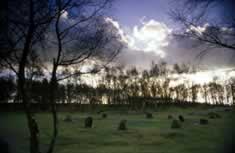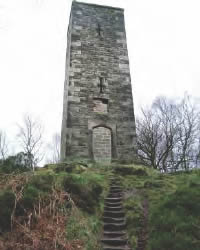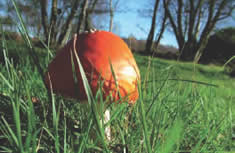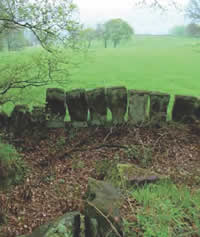Stanton Moor Management Plan


Stanton Moor is one of the jewels of the Peak District. It is important to so many people, for so many reasons:
- it is rich in archaeological remains, particularly of the Bronze Age but from other periods too
- it has a diverse ecology
- is an important landscape with views out over gritstone moors, river valleys and limestone fields
- it is an important spiritual and aesthetic resource, as well as a leisure opportunity for many people
- and also it is an agricultural landscape with productive quarries around its periphery.
The Stanton Moor Conservation Plan is the tool we intend to use to resolve the often conflicting requirements of all those who have an interest in the Moor.
The Plan examines what the Moor contains, how important those elements are and what they mean to the wide range of people who have an interest in the Moor. It then proposes a series of policies designed to try and resolve the many and varied issues that exist.
The Plan represents only the beginning. But if we are serious about the Moor and its importance, then we have to start somewhere.
The big task now will be implementing the Plan and for that we are all looking to set up significant partnerships that will see sustainable management of the Moor in future, to achieve a marked improvement in the condition of the all the elements that people hold dear.

No one organisation or group can do that alone - we have to work in partnership, recognising that this is the beginning and that reconciling those conflicting uses will be no easy task but that with goodwill, perseverance and common sense we can and, for the sake of the Moor, must achieve the objectives of the Plan.
Stanton Moor Conservation Plan (2.3MB)
Appendix C cover (890KB)
Figure 1 (245KB)
Figure 2 (1.8MB)
Figure 3 (890KB)
Figure 4 (365KB)
Figure 5 (285KB)
Figure 6 (50KB)

Figure 7 (850KB)
Figure 8 (260KB)
Figure 9 (485KB)
Figure 10 (510KB)
Figure 11 (1.4MB)
Figure 12 (970KB)
Figure 13 (1.1MB)
Figure 14 (1.1MB)

Figure 15(1.2MB)
Figure 16(1.5MB)
Figure 17 (1.1MB)
Figure 18 (980KB)
Figure 19 (620KB)
Figure 20 (340KB)
Figure 21 (2.1KB)

